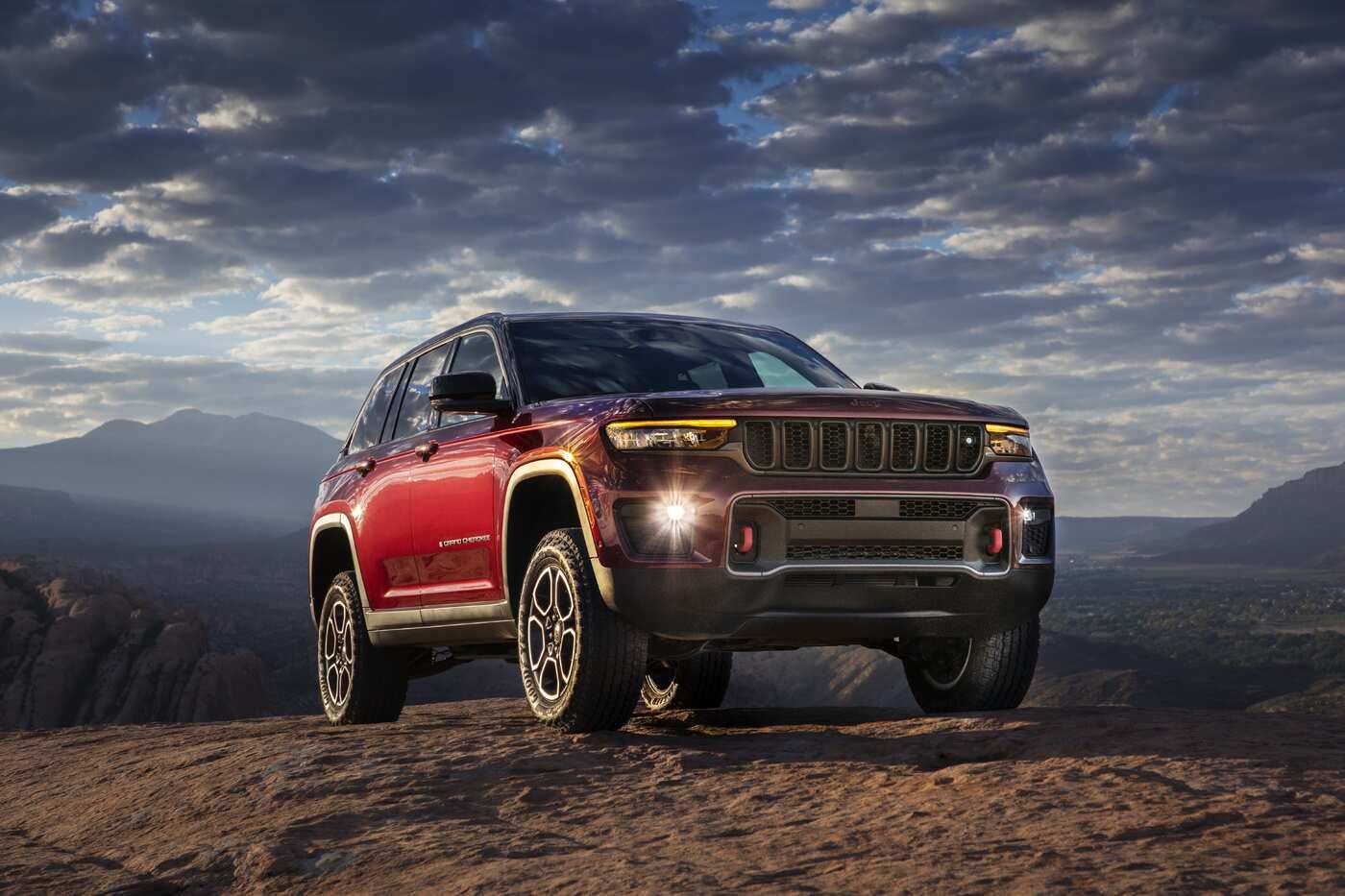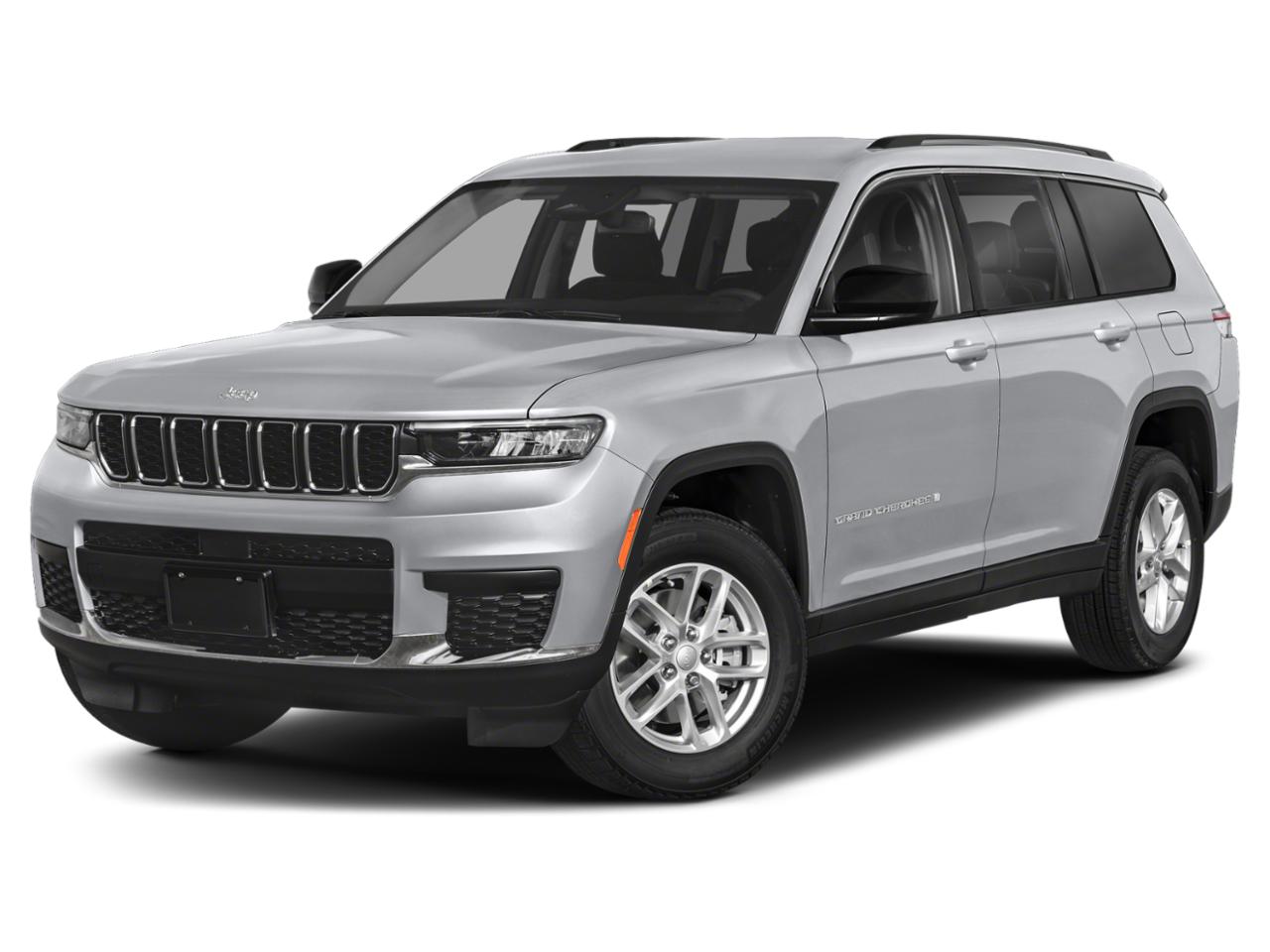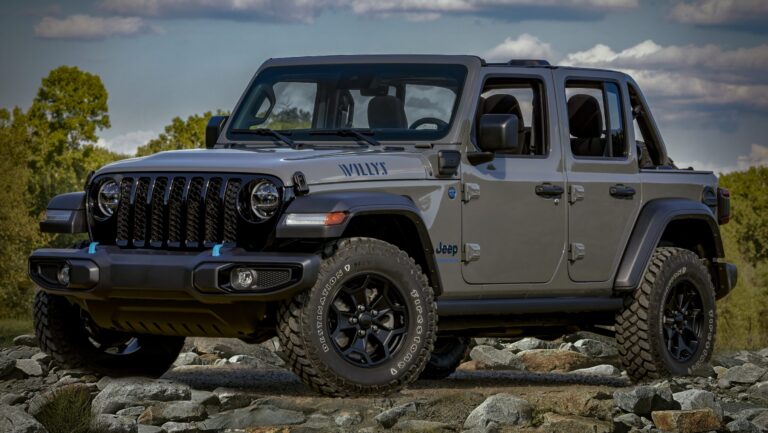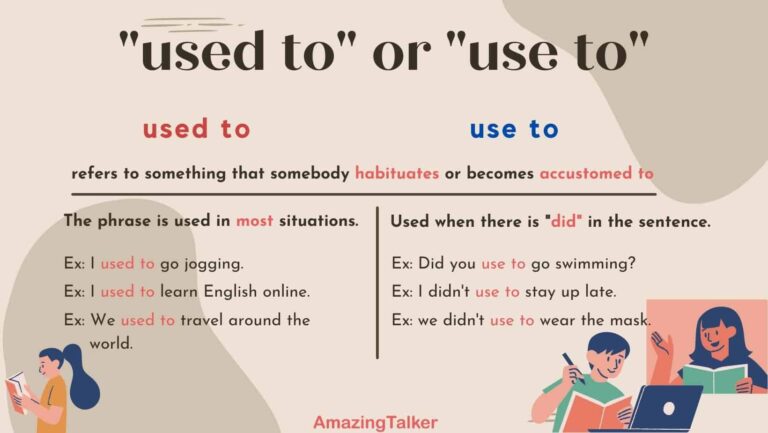Jeep Grand Cherokee Lease: Your Comprehensive Guide to Driving America’s Premium SUV
Jeep Grand Cherokee Lease: Your Comprehensive Guide to Driving America’s Premium SUV jeeps.truckstrend.com
The Jeep Grand Cherokee has long stood as a paragon of American automotive excellence, seamlessly blending rugged capability with luxurious comfort. It’s a vehicle that can confidently tackle off-road adventures while providing a refined experience on city streets. For many, the dream of owning such a versatile and prestigious SUV is appealing, but the financial commitment of a purchase can be substantial. This is where a Jeep Grand Cherokee Lease enters the picture, offering a flexible and often more affordable pathway to driving this iconic vehicle.
Leasing a vehicle, at its core, is like an extended rental agreement. Instead of buying the car outright, you pay for the depreciation of the vehicle over a set period, typically 24, 36, or 48 months. This arrangement allows drivers to enjoy the latest models with lower monthly payments compared to financing a purchase, making the premium Grand Cherokee more accessible to a wider audience. It’s a popular choice for those who enjoy driving new cars frequently, prefer predictable monthly expenses, and aren’t concerned with long-term ownership.
Jeep Grand Cherokee Lease: Your Comprehensive Guide to Driving America’s Premium SUV
Understanding the Fundamentals of a Jeep Grand Cherokee Lease
Before diving into the benefits, it’s crucial to grasp the key terms that define any lease agreement:
- Capitalized Cost (Cap Cost): This is essentially the "selling price" of the vehicle in a lease. It’s the starting point for calculating your lease payments. Like a purchase, this figure is negotiable.
- Residual Value: This is the estimated value of the vehicle at the end of the lease term. It’s determined by the leasing company and is a significant factor because you only pay for the difference between the Capitalized Cost and the Residual Value, plus interest. A higher residual value means lower depreciation and, consequently, lower monthly payments.
- Money Factor: This is the lease equivalent of an interest rate. It’s expressed as a very small decimal (e.g., 0.0025). To convert it to an approximate annual interest rate, multiply it by 2400 (0.0025 x 2400 = 6% APR). A lower money factor means lower finance charges.
- Depreciation: This is the core of what you pay for in a lease. It’s the difference between the Capitalized Cost and the Residual Value.
- Lease Term: The duration of your lease agreement, typically in months (e.g., 36 months).
- Mileage Allowance: The maximum number of miles you are permitted to drive the vehicle per year without incurring additional charges. Common allowances are 10,000, 12,000, or 15,000 miles per year.
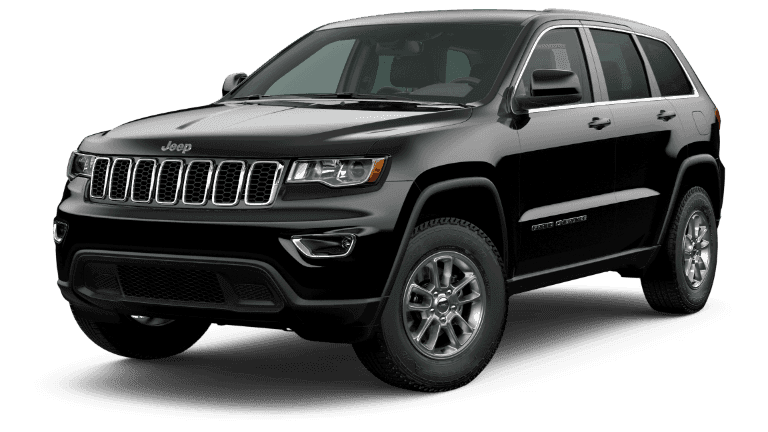
Your monthly lease payment is primarily calculated by taking the depreciation (Cap Cost – Residual Value) divided by the lease term, plus the finance charge (based on the money factor and the sum of the Cap Cost and Residual Value).
Why Lease a Jeep Grand Cherokee? Key Benefits
Leasing a Grand Cherokee offers several compelling advantages that make it an attractive option for many drivers:

- Lower Monthly Payments: Since you’re only paying for the depreciation of the vehicle over the lease term, not its full purchase price, monthly lease payments are often significantly lower than loan payments for the same vehicle. This allows you to drive a more premium trim or a newer model than you might otherwise afford to buy.
- Drive a New Vehicle More Often: Lease terms are typically short (2-4 years), meaning you can regularly upgrade to the latest Grand Cherokee model with the newest technology, safety features, and design enhancements. This is ideal for those who love staying current with automotive innovations.
- Warranty Coverage & Maintenance Simplicity: Throughout most standard lease terms, your Grand Cherokee will be covered by the manufacturer’s factory warranty. This means major repairs are typically covered, reducing unexpected out-of-pocket expenses. Routine maintenance is still your responsibility, but the risk of costly repairs associated with an aging vehicle is minimized.
- Tax Advantages (for Businesses): For business owners or self-employed individuals, a portion of lease payments may be tax-deductible, offering potential financial benefits not available with a purchase. Consult a tax professional for specific advice.
- Less Hassle with Resale: At the end of a lease, you simply return the vehicle to the dealership (after addressing any excess wear and tear or mileage overages). You avoid the complexities and potential financial loss associated with selling or trading in a used car.

The Leasing Process: A Step-by-Step Guide
Leasing a Jeep Grand Cherokee is a straightforward process, but understanding each step can empower you to secure a better deal:
- Research & Choose Your Trim: Decide which Grand Cherokee trim level (e.g., Laredo, Limited, Overland, Summit, Trackhawk) best suits your needs and budget. Research current incentives and special lease offers from Jeep.
- Negotiate the Capitalized Cost: This is arguably the most crucial step. Treat it like negotiating the purchase price of a car. A lower Cap Cost directly translates to lower monthly payments. Don’t focus solely on the monthly payment initially; negotiate the "selling price" first.
- Understand the Lease Terms: Clarify the lease term (e.g., 36 months), the annual mileage allowance, and the money factor. Ask the dealer for the residual value for your chosen term and mileage.
- Credit Check & Approval: Your credit score will significantly impact the money factor you’re offered. A strong credit history will qualify you for the best rates.
- Sign the Lease Agreement: Carefully read the entire lease contract before signing. Ensure all negotiated terms (Cap Cost, residual, money factor, mileage, term) are accurately reflected. Pay attention to any fees, such as acquisition fees, disposition fees, or security deposits.
- Take Delivery: Once everything is signed, you’ll take possession of your new Jeep Grand Cherokee!
Crucial Considerations Before You Lease
While leasing offers many advantages, it’s not without its specific considerations:
- Mileage Limits: This is perhaps the most significant factor. If you anticipate driving more than the standard 10,000-15,000 miles per year, leasing might become more expensive due to per-mile overage charges (typically $0.20-$0.30 per mile). Accurately assess your driving habits.
- Wear and Tear: Lease agreements define "normal" vs. "excessive" wear and tear. Dings, dents, scratches, stained upholstery, or damaged tires beyond normal wear can result in charges at the end of the lease.
- Insurance Requirements: Leasing companies typically require higher levels of insurance coverage (e.g., higher liability limits, comprehensive, and collision with lower deductibles) than you might carry if you owned the vehicle outright. Factor these increased premiums into your budget.
- Early Termination: Ending a lease early can be very expensive. The penalties can include the remaining payments, early termination fees, and the difference between the vehicle’s market value and its residual value. Only consider leasing if you are confident you will complete the full term.
- Maintenance: While warranty covers major issues, you are responsible for all routine maintenance (oil changes, tire rotations, brake pads, etc.) as per the manufacturer’s schedule. Neglecting maintenance can result in charges at lease end.
Tips for Securing the Best Jeep Grand Cherokee Lease Deal
Getting a great lease deal requires strategy and negotiation:
- Negotiate the Selling Price (Capitalized Cost): This is your primary lever. Always negotiate the Cap Cost as if you were buying the car. Don’t let the dealer steer you directly to a monthly payment without discussing the vehicle’s price.
- Research Current Incentives: Automakers often offer special lease incentives (e.g., lower money factors, higher residuals, lease cash) that can significantly reduce your payments. Check Jeep’s official website and local dealer sites.
- Understand the Money Factor: Ask for the money factor. If it seems high, ask if they can offer a lower one, or see if your credit union offers a better rate for a "lease-like" product.
- Consider Different Lease Terms: A 24-month or 36-month lease often has a better residual value percentage than a 48-month lease, leading to competitive monthly payments despite the shorter term.
- Shop Around & Compare Offers: Get quotes from multiple Jeep dealerships. Use competing offers as leverage to get the best deal.
- Timing Your Lease: The end of the month, quarter, or year can be good times to lease, as dealerships might be trying to meet sales quotas and be more willing to negotiate.
Navigating End-of-Lease Options
As your Jeep Grand Cherokee lease approaches its conclusion, you’ll typically have a few choices:
- Return the Vehicle: This is the most common option. You simply return the vehicle to the dealership, pay any disposition fees, and settle charges for excess mileage or wear and tear.
- Purchase the Vehicle: If you love your Grand Cherokee and the residual value is favorable (or if the market value is higher than the residual), you have the option to buy it at the predetermined residual value. You can finance this purchase like any other used car.
- Lease a New Jeep Grand Cherokee: Many lessees choose to simply trade in their current leased vehicle for a new lease on the latest model, continuing the cycle of driving a new car.
Potential Challenges and Solutions in Leasing
While generally smooth, challenges can arise with a lease:
- Going Over Mileage: If you realize you’re exceeding your allowance, consider buying extra miles upfront (often cheaper than paying at the end), or if you’re significantly over, evaluate purchasing the vehicle at lease end.
- Excessive Wear and Tear: Before returning the vehicle, get a pre-inspection from the leasing company (if offered). This allows you to address minor issues (e.g., small dents, scuffs) at a body shop of your choice, which may be cheaper than the dealer’s charges.
- Needing to End the Lease Early: This is costly. Explore options like a lease swap (transferring your lease to someone else through services like LeaseTrader or Swapalease) or buying out the lease yourself and then selling the vehicle.
Jeep Grand Cherokee Lease: Estimated Price Table
It’s crucial to understand that lease prices fluctuate significantly based on current incentives, trim level, lease term, mileage allowance, your credit score, location, and dealer negotiation. The table below provides estimated ranges for a general understanding. Always get a personalized quote.
| Grand Cherokee Trim (2024 Model Year) | Estimated MSRP Range | Lease Term (Months) | Annual Mileage | Estimated Down Payment | Estimated Monthly Payment Range |
|---|---|---|---|---|---|
| Laredo / Laredo X | $40,000 – $45,000 | 36 | 10,000 | $2,000 – $3,000 | $450 – $550 |
| Altitude / Altitude X | $44,000 – $49,000 | 36 | 10,000 | $2,000 – $3,000 | $480 – $580 |
| Limited | $47,000 – $52,000 | 36 | 10,000 | $2,500 – $3,500 | $520 – $620 |
| Overland | $60,000 – $65,000 | 36 | 10,000 | $3,000 – $4,000 | $650 – $750 |
| Summit / Summit Reserve | $65,000 – $75,000 | 36 | 10,000 | $3,500 – $5,000 | $750 – $900+ |
| Important Disclaimer: | |||||
| These are estimates only and do not represent actual offers. Prices vary based on: | |||||
| Current Manufacturer Incentives: Special lease deals can significantly lower payments. | |||||
| Dealer Discounts & Negotiation: The negotiated "Capitalized Cost" plays a huge role. | |||||
| Credit Score: Excellent credit is required for the lowest money factors. | |||||
| Location: Lease programs and taxes vary by state and region. | |||||
| Market Conditions: Supply and demand can influence pricing. | |||||
| Additional Fees: Acquisition fees, documentation fees, taxes, and registration are typically extra and can be rolled into the monthly payment or paid upfront. |
Frequently Asked Questions (FAQ) About Jeep Grand Cherokee Lease
Q1: Is leasing a Grand Cherokee better than buying one?
A1: It depends on your driving habits and financial goals. Leasing is often better if you drive fewer miles, want a new car every few years, prefer lower monthly payments, and don’t want the hassle of selling a used car. Buying is better if you drive many miles, want to own the vehicle long-term, customize it, or prefer no mileage limits.
Q2: What is a "money factor" and how does it affect my lease?
A2: The money factor is the interest rate equivalent in a lease. A lower money factor means you pay less in finance charges over the lease term, resulting in lower monthly payments. You can often convert it to an approximate APR by multiplying by 2400.
Q3: Can I negotiate a Jeep Grand Cherokee lease?
A3: Absolutely! You can negotiate the capitalized cost (the "selling price" of the vehicle for the lease), which is the most impactful factor. You can also sometimes negotiate the money factor, especially with excellent credit.
Q4: What happens at the end of my Grand Cherokee lease?
A4: You typically have three options: return the vehicle (and pay any excess mileage/wear & tear fees), purchase the vehicle at the predetermined residual value, or lease a new Jeep Grand Cherokee.
Q5: What if I go over my mileage limit?
A5: You’ll be charged an overage fee per mile, typically ranging from $0.20 to $0.30. It’s often cheaper to buy extra miles upfront if you anticipate exceeding the limit, or consider buying out the lease if you’re significantly over.
Q6: What kind of insurance do I need for a leased Grand Cherokee?
A6: Leasing companies usually require higher liability limits, as well as comprehensive and collision coverage with lower deductibles, to protect their asset. Be sure to get insurance quotes before committing to a lease.
Q7: Can I get out of my lease early?
A7: Yes, but it’s usually very expensive. Penalties can include remaining payments, early termination fees, and the difference between the car’s market value and its residual value. Alternatives include a lease transfer (if allowed) or buying out the lease yourself.
Conclusion: Is a Grand Cherokee Lease Right For You?
A Jeep Grand Cherokee lease offers an enticing pathway to driving a premium, capable, and comfortable SUV without the long-term commitment and higher monthly payments of a purchase. It’s an excellent option for those who prioritize driving a new vehicle with the latest features every few years, appreciate the predictability of warranty coverage, and prefer to avoid the complexities of vehicle resale.
However, it’s crucial to carefully consider your driving habits, particularly your annual mileage, and understand all aspects of the lease agreement, including potential charges for excess wear and tear. By thoroughly researching, negotiating smartly, and understanding the terms, you can unlock the benefits of a Jeep Grand Cherokee lease and enjoy the road ahead in style and comfort.
